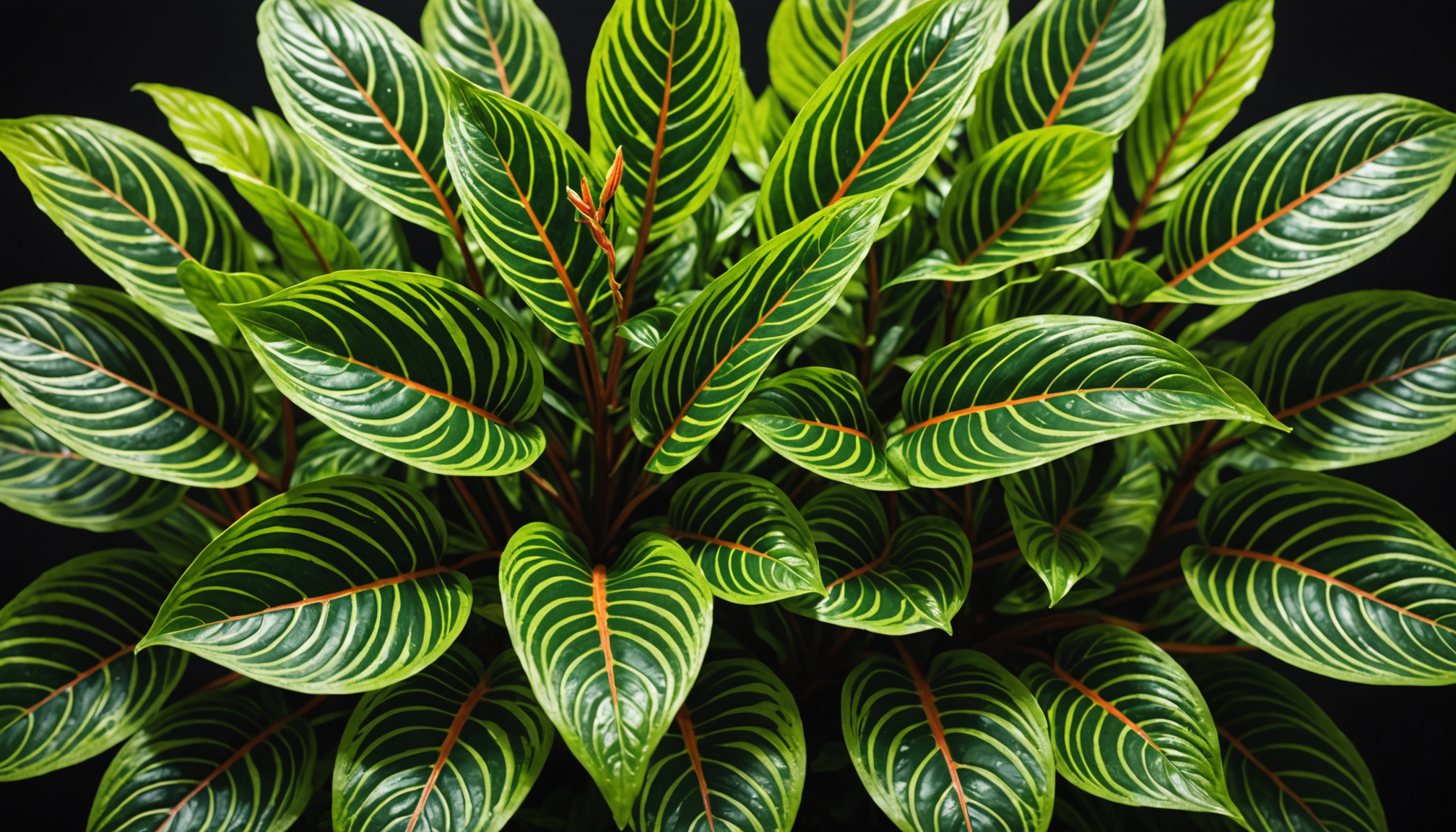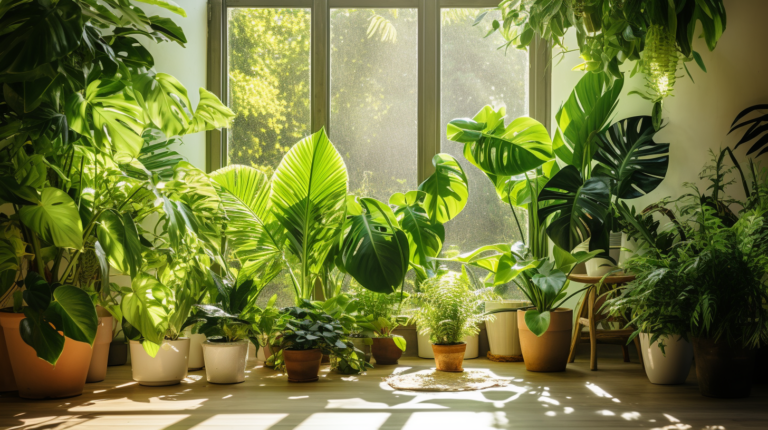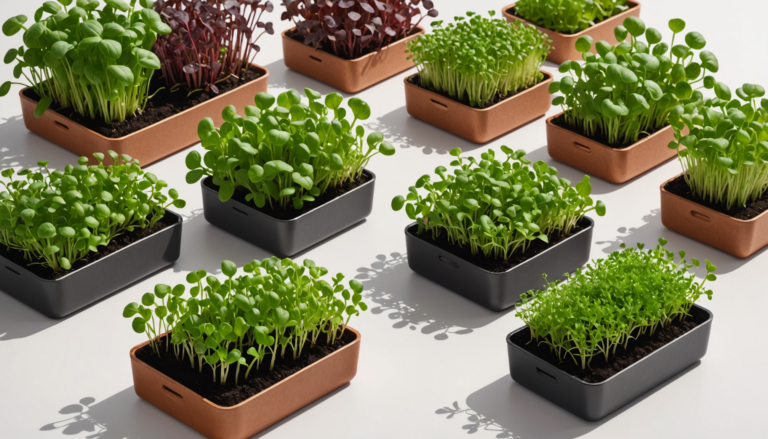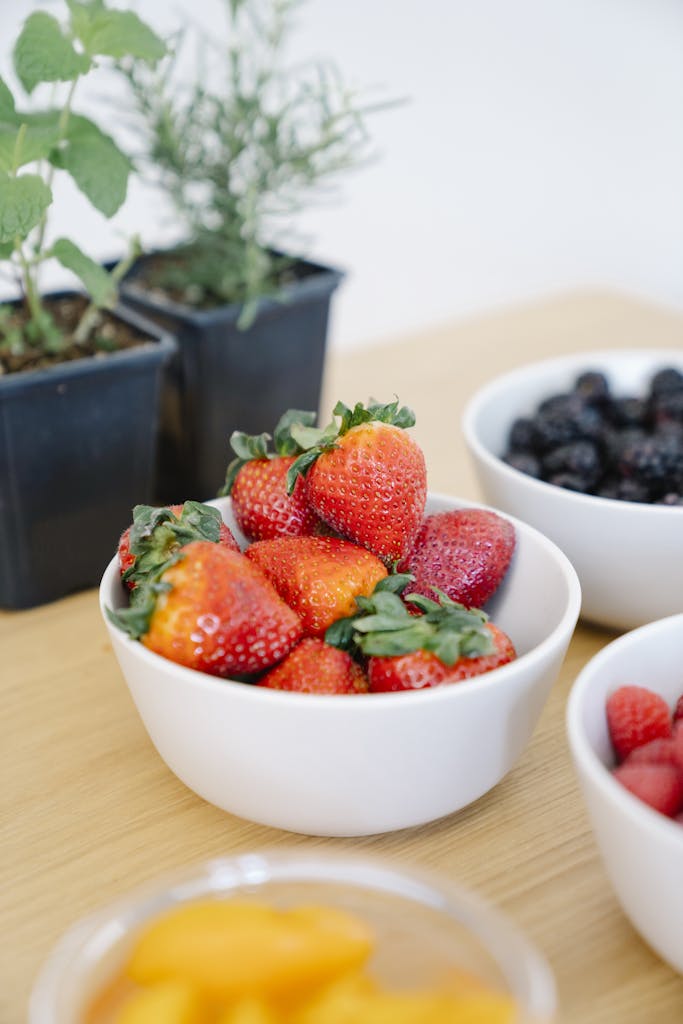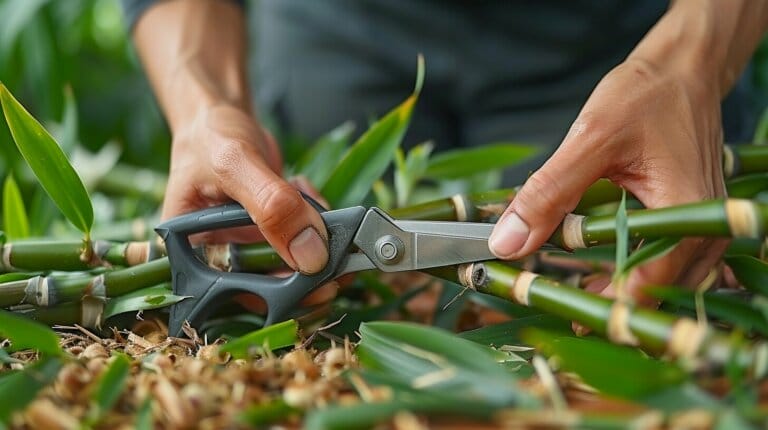Your beautiful zebra plant’s brown tips are more than just a cosmetic concern – they’re your plant’s way of crying out for help. When zebra plant brown tips appear, it’s crucial to act quickly to prevent the browning from spreading and potentially harming your entire plant. These striking tropical beauties, known for their bold white veins and glossy leaves, deserve the right care to stay vibrant and healthy.
Understanding the causes of brown tips is the first step to nursing your plant back to health. From improper watering habits to humidity levels that aren’t quite right, several factors could be affecting your zebra plant’s well-being. In this guide, we’ll explore the most common reasons for brown tips and share expert solutions that will help restore your plant’s natural beauty. Get ready to transform those troubled leaves back to their original, eye-catching green!
Causes of Zebra Plant Leaves Turning Brown
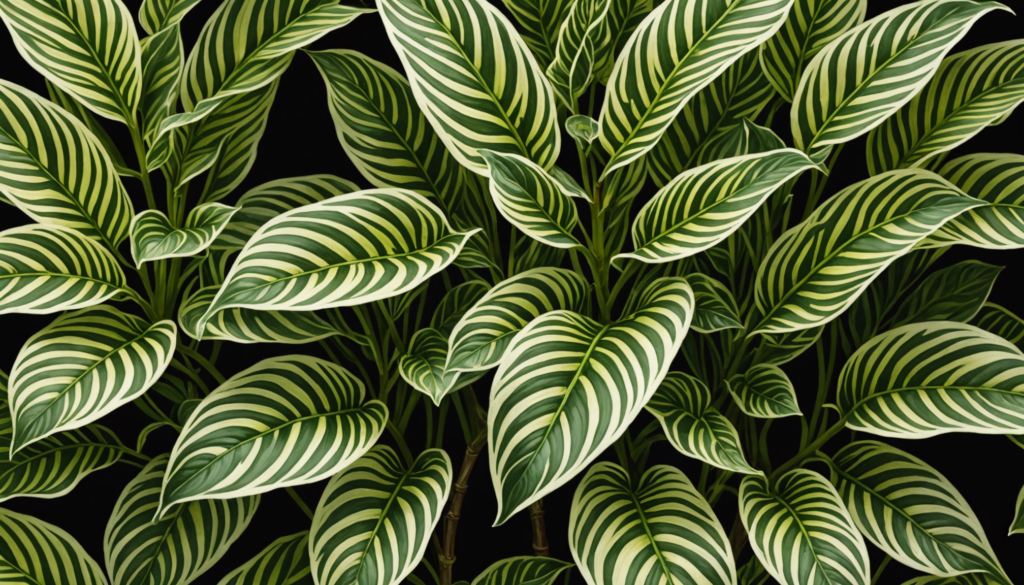
Brown at the edges often signals zebra plant brown tips caused by humidity problems, watering mistakes, or temperature shifts. This tropical plant, also called Aphelandra squarrosa, prefers bright indirect light and steady warmth. When any of these conditions falter, leaves develop unsightly brown spots or crispy leaf tips. (NCSU)
Understanding Humidity Levels and Their Impact
Humidity plays a crucial role in protecting leaves from dryness. Indoor heating or cooling systems reduce ambient humidity, which can cause brittle edges and yellow or brown leaf tips. A pebble tray or humidifier helps mimic native conditions by keeping moisture levels in the 60-70% range. Regularly inspect leaf edges for signs of curling or browning if the air feels bone dry.
How Overwatering Can Lead to Brown Tips
Excess moisture creates soggy soil and root rot (Soltech). When roots weaken, leaves show brown tips and spots. Waiting until the top inch of soil feels barely moist prevents waterlogged conditions. A consistent watering schedule includes checking soil moisture first and avoiding wet potting mixes for extended periods.
| Watering Issue | Symptoms | Solution |
|---|---|---|
| Overwatering | Soggy soil, droopy leaves | Let soil dry out between waterings |
| Underwatering | Dry soil, curled leaves | Water when top inch of soil is dry |
| Inconsistent Watering | Brown leaf tips, stunted growth | Adopt a regular schedule |
Identifying Pest Issues in Zebra Plants
Tiny insects like spider mites or mealybugs attack new growth or leaf undersides. They appear as webbing or cottony spots and often cause discoloration. Use insecticidal soap or a gentle spray bottle method to remove pests before they spread. Check leaves consistently and treat any infestation early.
Environmental Stress Factors to Consider
Drafty windows or sudden temperature drops stress the zebra plant and scorch leaf edges. This plant thrives in stable temperatures of 65-75°F (18-24°C) with gentle air circulation (Greg). Direct sun can also trigger brown spots, so partial shade or sheer curtains reduce the chance of leaf burn or drying. Keeping an eye on light exposure, moisture, and temperature helps avoid trouble spots.
Solutions for Zebra Plant Leaves with Brown Tips
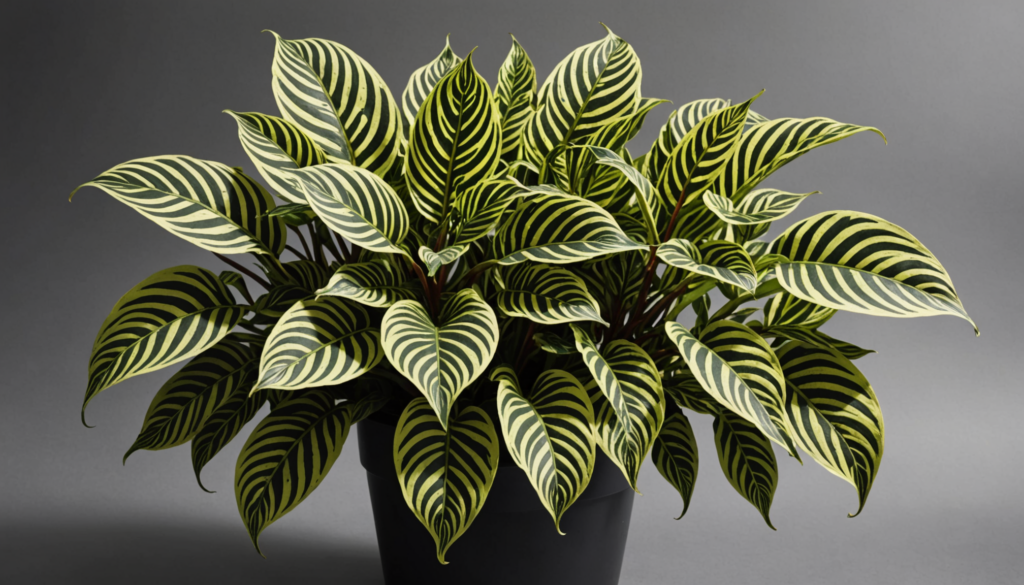
I often see zebra plant brown tips when ambient humidity, watering methods, or environmental conditions shift too quickly. In my experience, a few simple steps help restore leaf health and prevent brown at the edges in this tropical native.
Addressing Humidity Problems for Better Growth
I know aphelandra zebra plants thrive in at least 60% ambient humidity. Consistent humidity levels keep leaf tips from getting crispy. A pebble tray filled with water under the pot creates a barely-moist environment without soaking the soil. I also prefer daily misting with room temperature, filtered water to mimic the plant’s native climate. (Stamenandstemblog)
• Place a tray filled with water and pebbles beneath the container
• Group plants together in a cozy environment for a humid microclimate
• Use a humidifier to keep an eye on moisture levels
• Mist leaves once a day using a spray bottle
Effective Watering Techniques to Prevent Brown Leaves
Overwatering leads to soggy conditions and root rot, while underwatering causes edges of leaves to scorch. I allow the top inch of soil to dry out between waterings, then water evenly until it drips from drainage holes. I remove excess moisture from the catch tray within 30 minutes to avoid salt buildup.
• Let the top inch of soil dry before watering again
• Avoid bone dry or constantly wet soil conditions
• Use room temperature filtered or distilled water
• Reduce watering schedule in cooler months
How to Treat Pests and Restore Healthy Foliage
Brown spots sometimes appear if tiny insects like mealybugs or spider mites infest new growth. I inspect leaves for white webs or critter clusters and remove them with cotton swabs dipped in insecticidal soap. A balanced fertilizer blend supports stronger leaves that can resist further damage.
• Check underside of leaves for pests
• Use insecticidal soap or neem oil to treat infestations
• Trim heavily affected foliage and discard it
• Feed with a basic houseplant food every 1-2 months to encourage bushier growth
Creating the Ideal Growing Environment
I set zebra plants in bright, indirect sunlight near a window with sheer curtains. Temperatures around 65-75°F and a well-draining mix of peat moss or african violet potting soil help the plant thrive. A stable temperature also prevents droopy leaves and brown leaf tips.
| Environmental Factor | Optimal Range | Warning Signs |
|---|---|---|
| Humidity | 60-70% | Crispy brown tips |
| Temperature | 65-75°F (18-24°C) | Sudden leaf drop |
| Light | Bright, indirect | Scorched foliage |
| Soil Moisture | Barely moist | Yellow or brown edges |
I rely on these techniques to keep the zebra plant’s beautiful leaves vibrant and healthy. In my view, consistent humidity, proper watering, and the right environment create a solid approach for preventing dreaded leaf scorch and ensuring the plant will thank any fellow plant lovers with lush foliage.
Common Mistakes Leading to Brown Zebra Plant Leaves
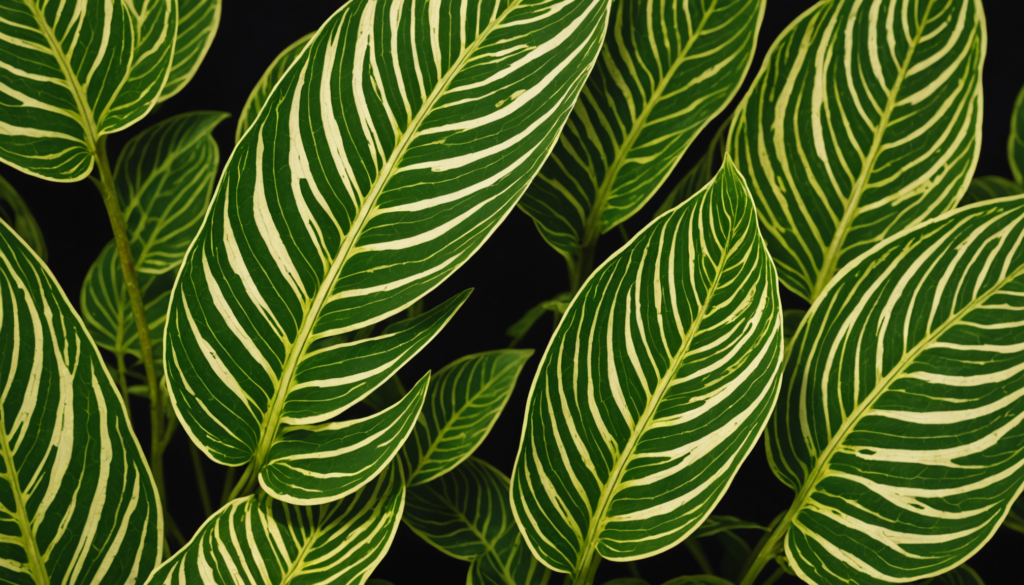
Brown foliage often signals hidden care problems. I notice these issues usually stem from underwatering, stress misinterpretations, improper light exposure, or poor soil conditions. Checking each factor helps maintain strong leaves and prevent zebra plant brown tips.
The Risks of Underwatering Zebra Plants
I observe that underwatering often leads to crispy leaf tips and brown at the edges. The top inch of soil becomes bone dry, and leaves droop or curl inward. A consistent watering method—letting soil dry out between waterings but keeping deeper layers slightly moist—prevents root stress and slow recovery.
Misinterpreting Stress Signs in Zebra Plants
Brown spots or yellow patches might appear for many reasons besides dryness. I sometimes mistake humidity problems or pest infestation for watering errors. These misread clues can lead to the wrong approach, including extra water or insufficient indirect sunlight that worsens damage.
Is Your Zebra Plant Getting Enough Light?
A zebra plant loves bright, filtered sun but suffers if exposed to much direct light. I often position it near a window with sheer curtains to avoid scorch. Stable brightness encourages even growth and prevents fungal issues linked to sudden temperature changes.
Poor Soil Quality and Nutrient Deficiencies
Dense or soggy soil can cause serious root rot, leading to browning around leaf tips. I prefer a well-draining, tropical-friendly potting mix with balanced fertilizer to support healthy foliage. Maintaining a pH near 6.0–6.5 helps the plant absorb nutrients and avoids stunted growth or brown stems.
Expert Recommendations for Healthy Zebra Plants
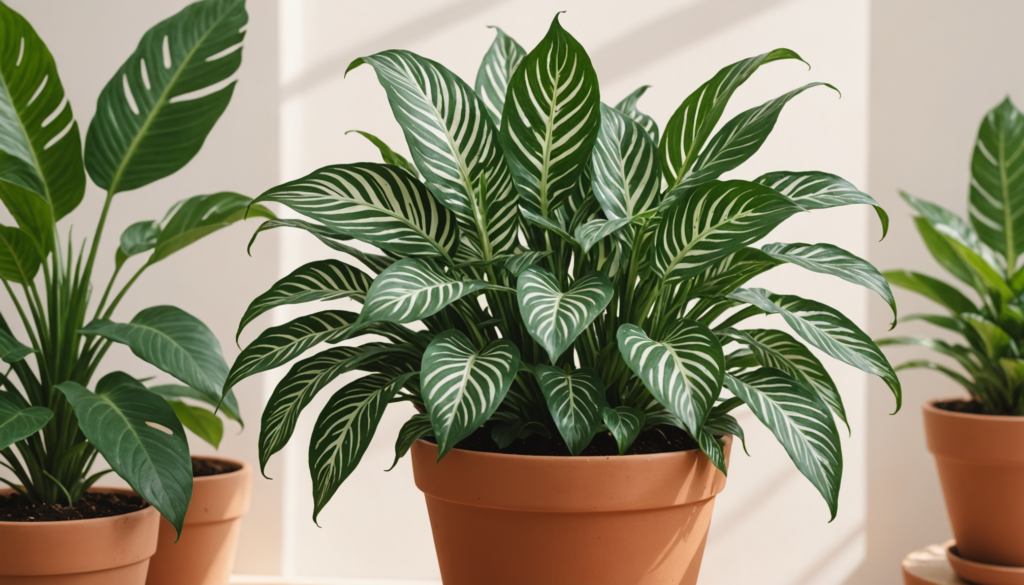
Healthy zebra plants often display bright, green leaves and minimal brown tips. They thrive in stable indoor settings, where temperature, humidity, and adequate lighting remain consistent throughout the year. Balanced care helps prevent brown leaf tips and other stress signs.
Optimal Care Practices to Avoid Leaf Problems
Zebra plant loves bright, indirect light but prefers partial shade in harsher climates. Temperatures around 65-75°F and a humidity level of 60-70% protect its glossy leaves from fading or scorching. Owners can reduce salt buildup and brown spots by watering when the top inch of soil feels barely moist, then allowing it to dry out between waterings. Use a pebble tray or humidifier to maintain consistent moisture in the air.
Must-Know Maintenance Tips for Green Foliage
Regular attention to soil composition keeps roots healthy and prevents soggy conditions. A well-draining mix encourages even moisture without causing root rot. This combination offers structure and aeration:
| Component | Percentage | Purpose |
|---|---|---|
| Peat moss | 40% | Retains moisture |
| Perlite | 30% | Improves drainage |
| Orchid bark | 30% | Provides root aeration |
Brown at the edges often means the plant needs a more balanced fertilizer or better light. Spraying leaves with water can keep an eye on dust buildup and prevent further dryness.
When to Seek Professional Help for Your Plants
Professional advice benefits a plant showing widespread leaf browning, droopy stems, or persistent critter infestations. A horticulture specialist can inspect the entire root system for fungal issues or bacterial spots. This approach often reveals clues about severe stress and indicates whether the plant needs targeted treatments.
Seasonal Care Adjustments for Optimal Growth
Zebra plants require different levels of care through each season. In spring and summer, a schedule of regular fertilization and extra moisture helps the plant thrive. During fall and winter, the potting soil is kept slightly drier, and the plant is protected from cold drafts. This seasonal method creates an even environment and reduces the risk of crispy, brown leaf tips.
The Secret to Reviving Brown-Tipped Leaves on Zebra Plants
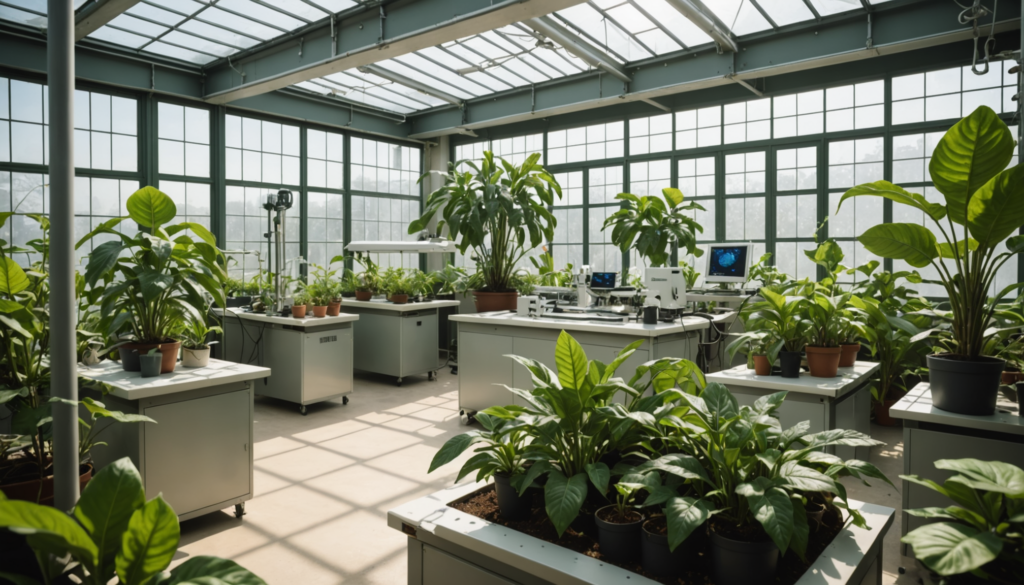
A zebra plant with brown at the edges often signals trouble with humidity, watering, or pests. This tropical species, also known as Aphelandra squarrosa, prefers stable temperatures and bright, indirect light. Keeping moisture levels balanced is crucial for bringing back its attractive foliage and preventing further leaf damage.
Signs Your Plant Needs Immediate Care
Crispy, brown leaf tips or droopy leaves are the first clue that the plant needs help. Yellow areas near the damage can hint at excess salts in the soil or pests lurking on the underside of leaves. Spotty brown marks may indicate critters like mealybugs. Inspect soil moisture and watch for dryness along the top inch of soil before adjusting the watering schedule.
Recipes for Homemade Treatments for Leaf Damage
A pebble tray filled with water adds extra ambient humidity. Lightly mist the plant each morning with a clean bottle of water to mimic a humid microenvironment. This method helps prevent dry leaf edges and encourages the plant to absorb moisture evenly. Use a humidifier in drier months for a more consistent approach. (Pistilsnursery)
Recovery Timeline and Expectations
• Week 1-2: Brown spots stop spreading, and droopy leaves perk up.
• Week 3-4: New foliage grows, and damaged sections become easier to trim.
• Month 2-3: The plant thrives if all environmental factors remain stable.
• Month 4+: Bushier growth appears, but old brown spots do not turn green again.
Preventive Measures for Future Protection
Maintain 60-70% humidity and keep an eye on temperature fluctuations. Water only when the top inch of soil is barely moist, and remove any soggy buildup in the drip tray. Provide indirect sunlight and avoid heat vents or drafts by choosing an airy spot. Feed with a balanced fertilizer blend during spring for lush, green leaves. Adjust watering slightly in cooler months to prevent root rot and fungal issues.
Conclusion
Taking care of a zebra plant’s brown tips is all about finding the right balance of humidity, water, and light. By maintaining proper humidity levels with a pebble tray or humidifier, following a consistent watering schedule, and providing bright indirect light, you can help your zebra plant return to its healthy, vibrant state. Remember that prevention is just as important as treatment when it comes to avoiding brown leaf tips.
Creating the perfect environment for your zebra plant might take some practice, but the results are worth the effort. Watch for early warning signs and adjust your care routine as needed, especially during seasonal changes. With these expert tips and a little patience, you’ll be well on your way to enjoying the stunning foliage that makes zebra plants such special additions to any indoor garden.
FAQs
1. What causes brown leaf tips on zebra plants?
Low humidity, strong direct sunlight, salt buildup, and inconsistent watering can cause crispy edges on zebra plant leaves. A steady routine of checking moisture levels prevents most issues.
2. How often should watering occur?
Water whenever the top inch of soil feels slightly dry. That usually happens every 7-10 days in warmer months, then less often in winter.
3. How do I measure humidity and light exposure for my zebra plant?
I often measure humidity with a hygrometer and keep an eye on light exposure.
4. What are common problems and quick fixes for zebra plants?
| Problem | Solution | Time to Improvement |
|---|---|---|
| Low Humidity | Place a pebble tray or use a humidifier | 1-2 weeks |
| Overwatering | Let the soil dry out between waterings | 5-7 days |
| Direct Sun | Move to bright, indirect sunlight | 3-5 days |
| Salt Buildup | Flush soil monthly with filtered water | 2-3 weeks |
5. What other care tips are important for zebra plants?
- Maintain 60-70% ambient humidity by grouping plants or setting a tray filled with water.
- Water with filtered water at room temperature and empty the drainage tray after 30 minutes.
- Rotate the zebra plant quarterly for even light exposure and repot each spring.
- Apply a balanced fertilizer blend once a month during active growth.

